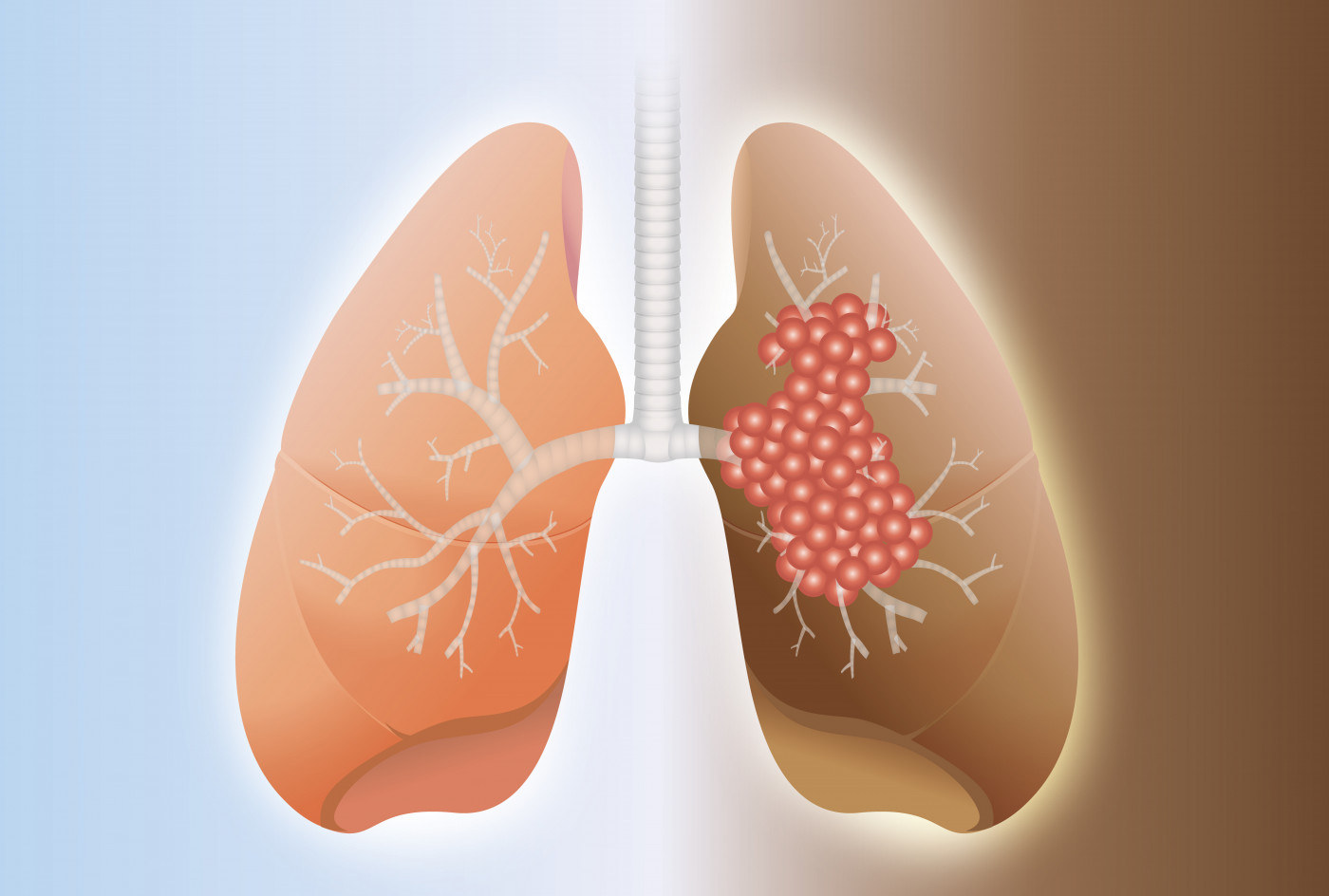FAQs About Chemotherapy and Radiation Therapy in LEMS

shutterstock/Von solar22
For people with Lambert-Eaton myasthenic syndrome (LEMS), finding out that they also have small cell lung cancer (SCLC) can be frightening.
However, chemotherapy and radiation therapy directed toward SCLC have proven beneficial in treating lung cancer as well as alleviating LEMS symptoms.
Here are the answers to some frequently asked questions about these therapies:
What is small cell lung cancer?
Small cell lung cancer (SCLC), sometimes also called oat cell cancer, is a type of cancer that affects the lungs. Like all cancers, SCLC is characterized by uncontrolled cell growth. It usually starts in cells lining the alveoli — the small sacs which inflate with air when we breathe in. This type of cancer tends to grow and spread quickly. About 70% of patients diagnosed with SCLC will have cancer that has spread beyond the lungs by the time they are diagnosed. SCLC tends to respond well to chemotherapy and radiation therapy, but patients will have to be monitored throughout their lives, as the cancer comes back for many people.
What is chemotherapy?
Chemotherapy refers to small molecule treatments that target fast-growing cells. Chemotherapy is usually given in multiple rounds, or cycles, to ensure that the cancer has been completely destroyed. These rounds may be single therapies or combination therapies using multiple treatments.
What is radiation therapy?
Radiation therapy refers to the use of high energy X-rays or other particles to destroy cancer cells. Radiation therapy is usually administered from outside the body using a machine. For SCLC patients, radiation therapy is usually given in combination with the first few months of chemotherapy treatment.
The radiation may be administered to the lungs and chest for most patients, but some also will receive radiation therapy to the head to prevent the cancer from spreading to the brain.
Can chemotherapy and radiation therapy cure SCLC?
SCLS usually responds very well to a combination of chemotherapy and radiation therapy. However, it often returns after treatment has ended, so patients should be screened regularly for the rest of their lives.
What are the side effects of chemotherapy?
The side effects of chemotherapy vary from person to person. They also depend on the type and dosage of medication used. Many patients experience fatigue, risk of infection, nausea, loss of appetite, diarrhea, and hair loss. These side effects usually go away after treatment is finished.
What are the side effects of radiation therapy?
People with SCLC who receive radiation therapy often experience fatigue and loss of appetite. If radiation therapy is given to the neck or center of the chest, patients also may develop a sore throat and have difficulty swallowing. Patients also may notice skin irritation, similar to a sunburn, where the radiation was directed. Most side effects go away soon after treatment is finished.
Last updated: Oct. 30, 2019
***
Lambert-Eaton News is strictly a news and information website about the disease. It does not provide medical advice, diagnosis, or treatment. This content is not intended to be a substitute for professional medical advice, diagnosis, or treatment. Always seek the advice of your physician or other qualified healthcare providers with any questions you may have regarding a medical condition. Never disregard professional medical advice or delay in seeking it because of something you have read on this website.






